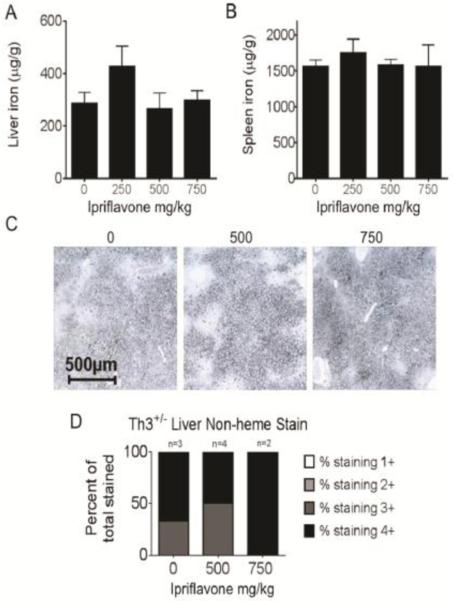Figure 3. Dietary supplementation with ipriflavone did not decrease iron stores in the livers or spleens of Th3+/− mice.
Th3+/− mice on a C57/BL6 background received diets supplemented with ipriflavone in mg/kg of food at the following doses: 0 mg/kg (n=3), 250 mg/kg (n=3), 500 mg/kg (n=4), and 750mg/kg (n=2) starting at 5 weeks of age for a total of 50 days followed by tissue harvest for quantification of nonheme iron levels in the liver (A) and spleen (B), reported as μg iron per g of tissue. Data shown are means ± standard errors. P=0.379 by Kruskal-Wallis for liver comparisons and 0.824 for spleen comparisons. (C) Diaminobenzidine (DAB)-enhanced Perls’ staining for nonheme iron in liver tissue. (D) Blind analysis was used to score the staining levels 1+ (weak) to 4+ (strong).

